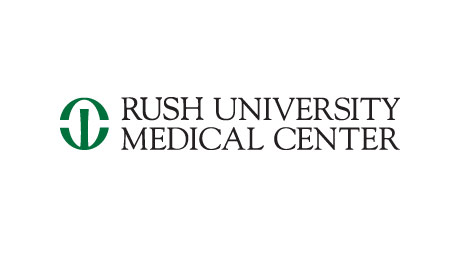Safety and Efficacy of PNEUMOSTEM® in Premature Infants at High Risk for Bronchopulmonary Dysplasia (BPD) - a US Study
| Status: | Completed |
|---|---|
| Conditions: | Bronchitis, Women's Studies, Hematology |
| Therapuetic Areas: | Hematology, Pulmonary / Respiratory Diseases, Reproductive |
| Healthy: | No |
| Age Range: | Any |
| Updated: | 8/18/2018 |
| Start Date: | March 2015 |
| End Date: | May 2018 |
A Phase I/II, Open-Label Dose Escalation Trial to Evaluate the Safety and Efficacy of Two Dose Levels of PNEUMOSTEM® in Premature Infants at High Risk for Bronchopulmonary Dysplasia (BPD)
PNEUMOSTEM® consists of ex vivo cultured allogeneic, unrelated, human umbilical cord
blood-derived mesenchymal stem cells (hUCB-MSCs) and it is intended for use as a cellular
therapy product for prevention of Bronchopulmonary Dysplasia (BPD). This study is an
open-label, single-center, dose escalation study to evaluate of safety and efficacy of
PNEUMOSTEM® in premature infants at high risk for BPD.
blood-derived mesenchymal stem cells (hUCB-MSCs) and it is intended for use as a cellular
therapy product for prevention of Bronchopulmonary Dysplasia (BPD). This study is an
open-label, single-center, dose escalation study to evaluate of safety and efficacy of
PNEUMOSTEM® in premature infants at high risk for BPD.
Inclusion Criteria:
- A male or female infant whose postnatal age is 3 to 14 days, inclusive (for treatment
between 5 and 14 days after birth)
- A subject whose gestational age is between 23 and 28 weeks (23 weeks ≤ gestational age
(GA) < 28 weeks)
- A subject whose birth weight is between 500g and 1000g, inclusive
- A subject who is intubated and receiving mechanical ventilation within 5-14 days after
birth, with a fraction of inspired oxygen (FiO2) of 0.25 or greater at Screening
- A subject who has had either a deterioration or no change in the setting of mechanical
ventilation within the 24 hours before trial enrollment
- A subject whose parent/guardian can give a written informed consent
Exclusion Criteria:
- A subject who has a congenital heart defect, except for patent ductus arteriosus
(PDA), atrial septal defect (ASD) or a small, restrictive ventricular septal defect
(VSD)
- A subject who has a serious malformation of the lung such as pulmonary
hypoplasia/aplasia congenital diaphragmatic hernia, or other congenital lung anomaly
- A subject who has a chromosomal abnormality (e.g., Trisomy 18, Trisomy 13 or Trisomy
21) or a severe congenital malformation (e.g., hydrocephalus and encephalocele,
tracheo-esophageal fistula, abdominal wall defects, and major renal anomalies)
- A subject who has had a severe congenital infectious disease (i.e., herpes,
toxoplasmosis rubella, syphilis, HIV, etc.)
- A subject who has evidence of severe sepsis or septic shock due to an active infection
at Screening
- A subject who underwent a surgical procedure within 72 hours before study drug
administration or who is anticipated to have a surgical procedure within 72 hours
before or following study drug administration
- A subject who was administered surfactant within 24 hours before study drug
administration
- A subject who has had a bilateral grade 3 or 4 intracranial hemorrhage
- A subject who has active pulmonary hemorrhage or an active air leak syndrome at
Screening
- A subject who is currently participating in any other interventional clinical trial
- A subject who is, in the opinion of the Principal Investigator, considered
inappropriate for the trial due to any reasons other than those listed above
We found this trial at
1
site
Rush University Medical Center Rush University Medical Center encompasses a 664-bed hospital serving adults and...
Click here to add this to my saved trials
